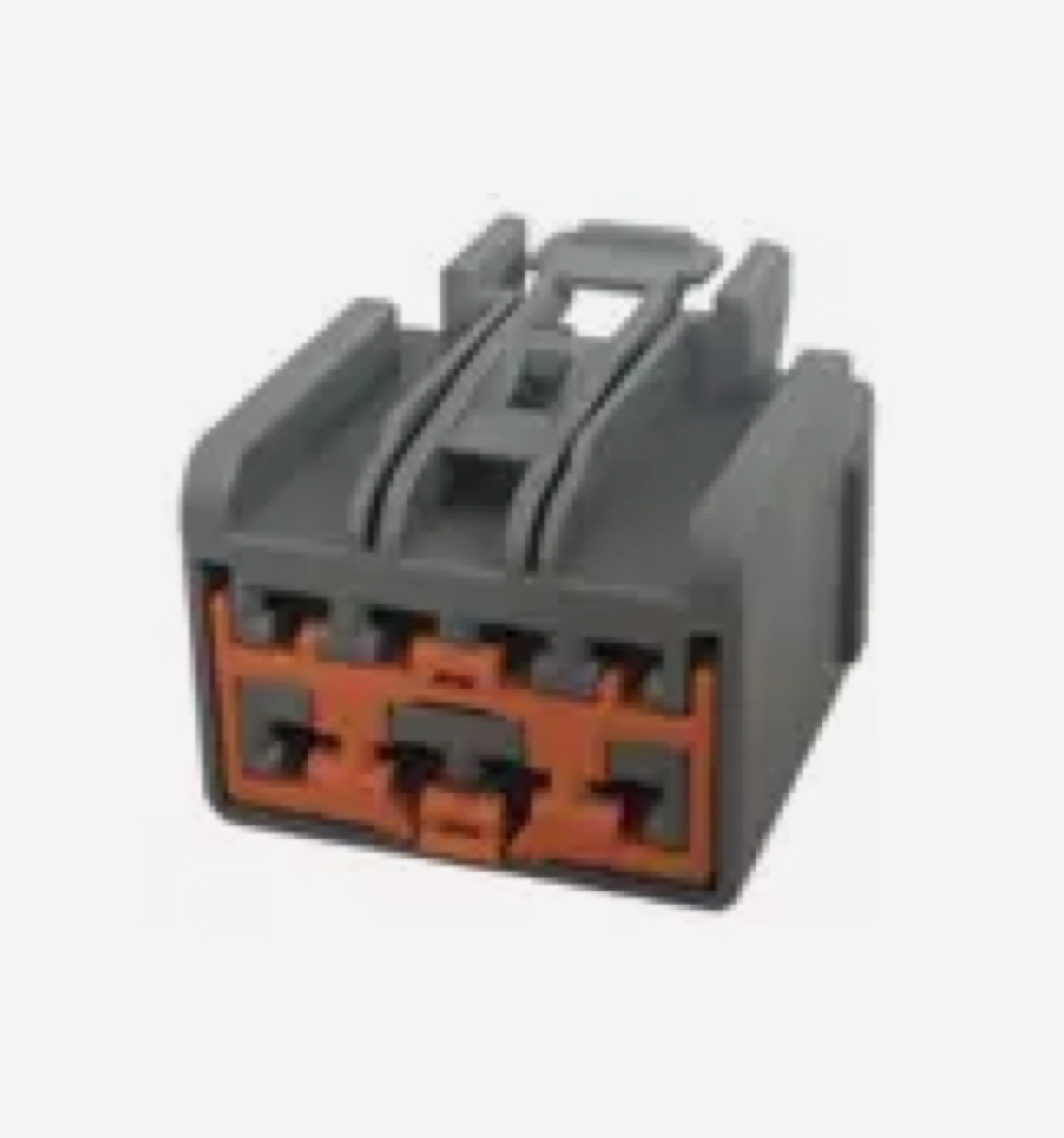Views: 0 Author: Site Editor Publish Time: 2023-12-27 Origin: Site









In the automotive industry, efficient engine management is crucial for optimal performance and reliability. However, achieving reliable connectivity between the Engine Control Unit (ECU) and other components can be a challenge. This article explores the common challenges faced in ECU connectivity and highlights the importance of finding the right ECU connector solutions. By addressing these challenges with reliable connectivity solutions, automotive manufacturers can ensure efficient engine management, leading to improved performance and customer satisfaction.
ECU (Engine Control Unit) Connectivity is a critical aspect of modern vehicles. As technology continues to advance, cars are becoming more reliant on electronic systems, making the ECU connector an essential component for seamless communication between various parts of the vehicle.
One common challenge in ECU connectivity is the compatibility issue. Different car manufacturers use different types of ECU connectors, which can create difficulties when trying to connect different components. This can lead to compatibility issues, resulting in poor performance or even failure of certain systems. To address this challenge, standardization of ECU connectors is crucial, allowing for easier integration and compatibility between different vehicles and components.
Another challenge is the complexity of ECU connectivity. An ECU connector serves as the interface between the ECU and other electronic systems such as sensors, actuator modules, and diagnostic tools. With the increasing number of systems in modern vehicles, the complexity of ECU connectivity has also increased. Ensuring proper wiring, correct pin configurations, and reliable communication between the ECU and other components require meticulous attention to detail.
Furthermore, the advancement of technology has introduced new challenges in ECU connectivity. With the rise of electric and hybrid vehicles, the demand for more sophisticated ECU connectors has grown. These connectors must be capable of handling high-voltage systems, rapid data transfer, and withstand harsh environmental conditions. Additionally, the increasing integration of advanced driver-assistance systems (ADAS) and autonomous driving features further adds to the complexity of ECU connectivity.
To overcome these challenges, automotive manufacturers and ECU connector suppliers are constantly innovating. They are developing connectors with improved durability, higher data transfer rates, and enhanced compatibility. Standardization efforts are also being made to ensure seamless integration and compatibility across different vehicle models and brands.
In the fast-paced world of automotive technology, reliable connectivity is essential for the smooth operation of Electronic Control Units (ECUs). These ECUs are responsible for controlling various systems within a vehicle, such as the engine, transmission, and even the entertainment system. To ensure seamless communication between these systems, manufacturers rely on ECU connectors.
ECU connectors are the vital link between the ECU and other components of the vehicle. They provide a secure and efficient connection that allows data to flow seamlessly. These connectors are designed to withstand harsh conditions, including extreme temperatures, vibrations, and electrical interference. With their robust construction and high-quality materials, ECU connectors ensure reliable connectivity, preventing any disruptions in the vehicle's performance.
One of the key features of ECU connectors is their versatility. They come in various sizes, configurations, and pin arrangements to accommodate different types of ECUs and their corresponding systems. Whether it's a compact car or a heavy-duty truck, there is an ECU connector solution available for every application. Manufacturers also offer customization options to meet specific requirements, ensuring compatibility with different vehicle models and designs.
When it comes to choosing the right ECU connector solution, reliability is paramount. Automotive manufacturers and suppliers prioritize connectors that adhere to strict quality standards and undergo rigorous testing procedures. This ensures that the connectors can withstand the demanding conditions of the automotive environment and maintain uninterrupted communication between the ECUs and other components.
In addition to reliability, ECU connectors also play a crucial role in ensuring data security. With the increasing complexity of automotive systems and the rise of connected vehicles, protecting sensitive data from unauthorized access is of utmost importance. ECU connectors incorporate advanced encryption and authentication technologies to safeguard the data transmitted between the ECUs and the vehicle's systems. This ensures that only authorized parties can access and interact with the ECU's functionalities.
To optimize the performance of ECUs, manufacturers continually strive to enhance the design and functionality of ECU connectors. They explore innovative materials and manufacturing techniques to improve durability, reduce size and weight, and enhance signal transmission capabilities. This continuous improvement process enables the automotive industry to keep up with the ever-evolving demands of modern vehicles.
ECU connectivity in the automotive industry faces challenges such as compatibility issues, complexity, and the demand for advanced features. However, through continuous innovation and standardization, these challenges can be overcome, leading to more efficient and reliable connectivity. ECU connector solutions play a crucial role in achieving reliable connectivity in automotive systems. These connectors ensure seamless communication between ECUs and other components, allowing for efficient data transmission. With their robust construction, versatility, and emphasis on reliability and data security, ECU connectors contribute to the smooth operation of vehicles. Manufacturers will continue to innovate and improve ECU connector solutions to enhance the performance and functionality of vehicles as the automotive industry advances.